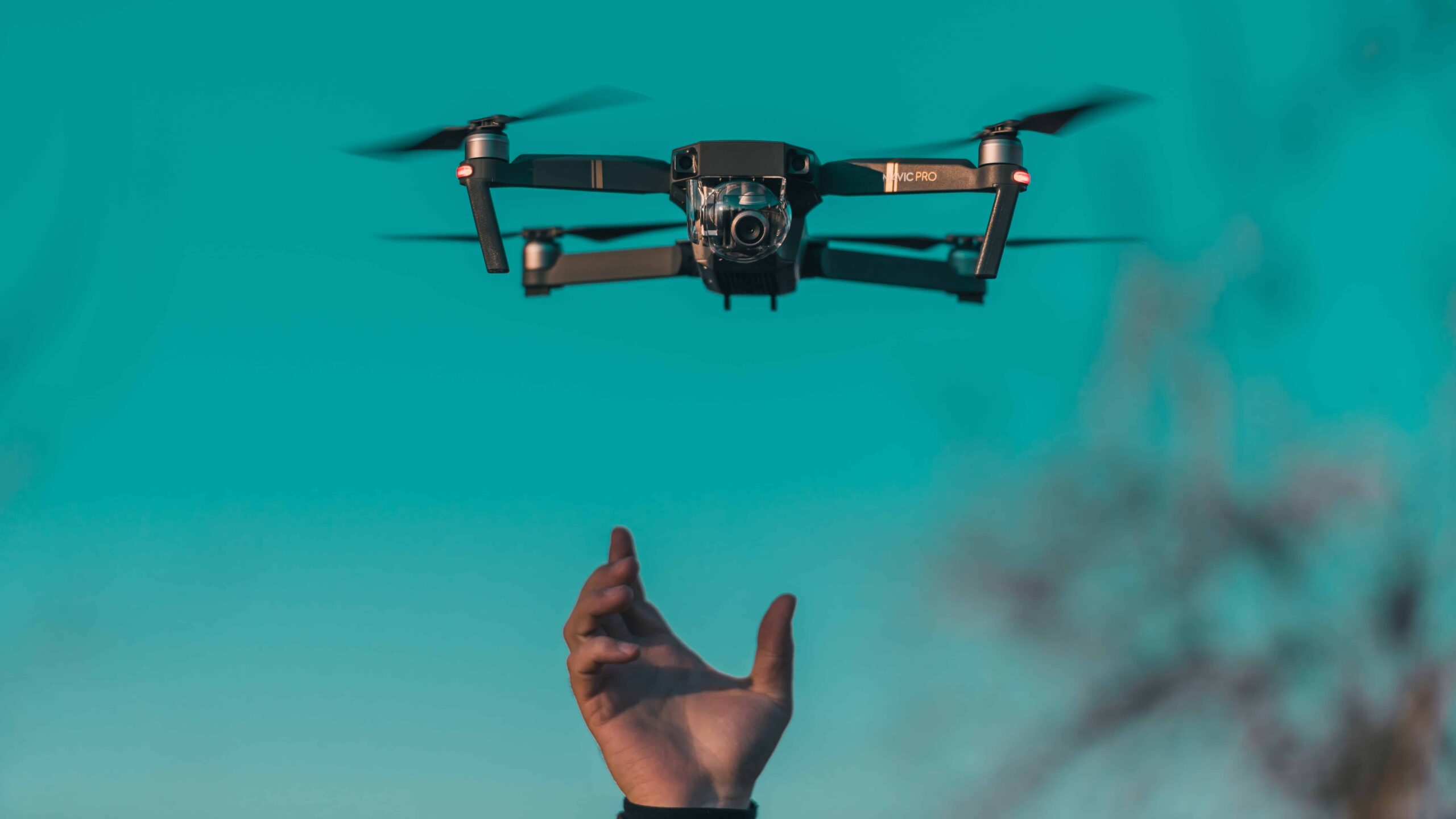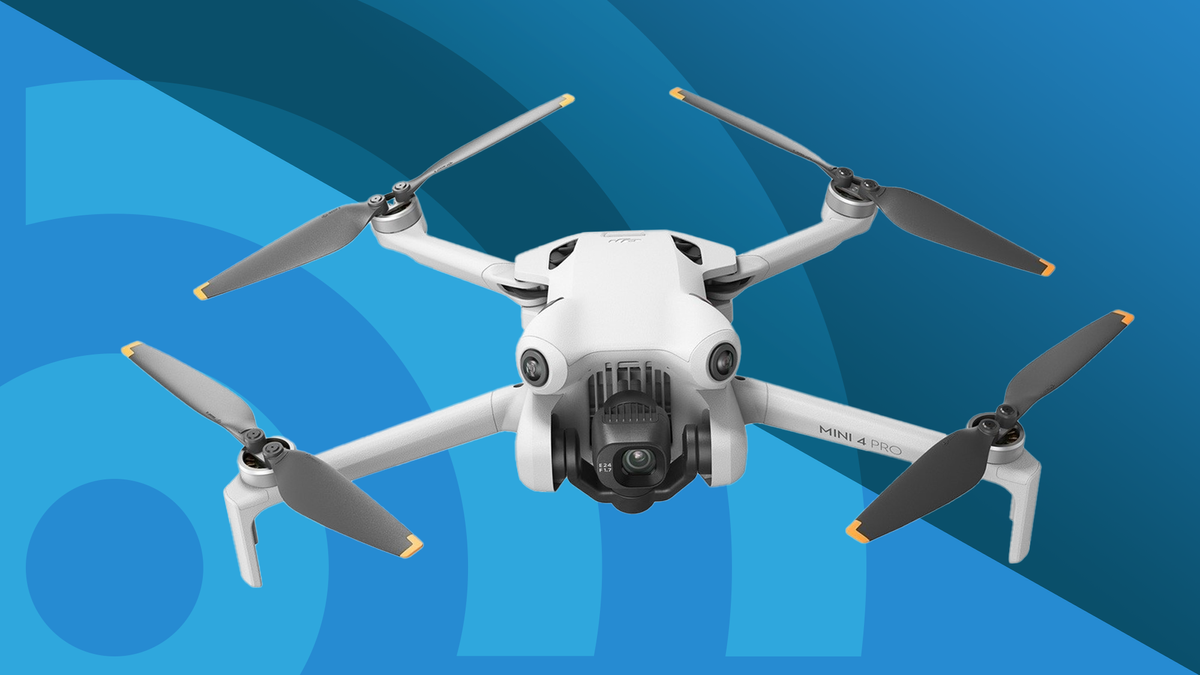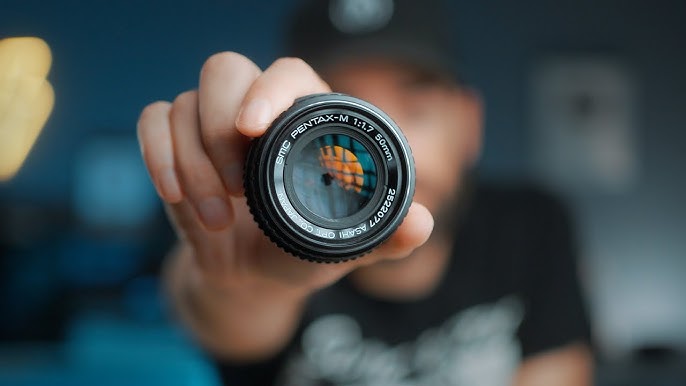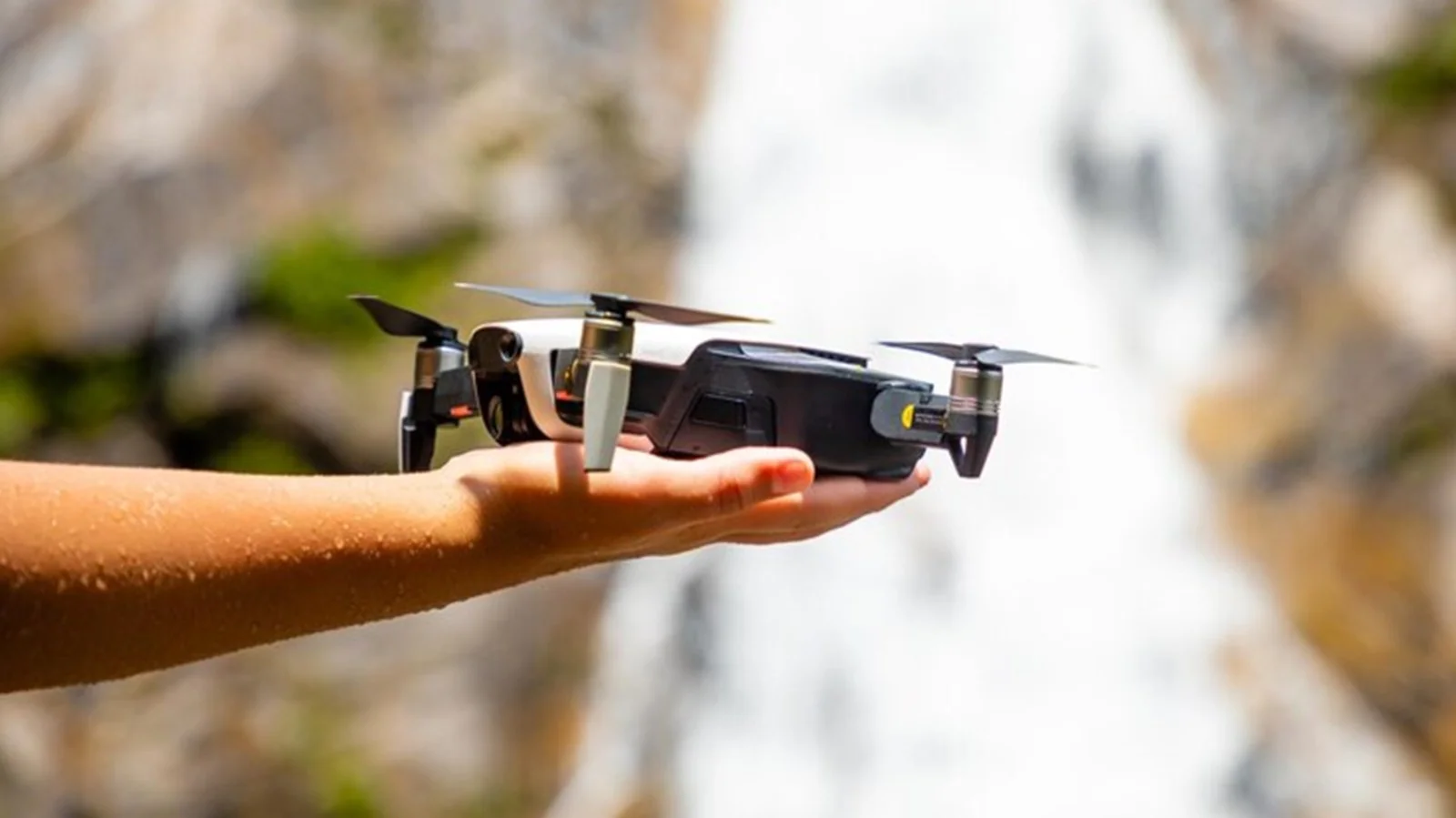In the world of aerial photography, the sky is no longer the limit. The advent of High Dynamic Range (HDR)-enabled drones has revolutionized the way we capture the world from above.
These remarkable flying machines are equipped with cutting-edge technology that allows photographers and videographers to elevate their craft to unprecedented levels.
In this article, we’ll explore the incredible capabilities of HDR-enabled drones, how they work, and the game-changing advantages they bring to the world of aerial imaging.
HDR Technology Takes Flight
HDR technology, renowned for its ability to capture a broad spectrum of light and shadow in a single image, has found its wings with the integration of drones.
When these two technological marvels merge, the result is nothing short of spectacular.
How HDR-Enabled Drones Work
The magic behind HDR-enabled drones lies in their sophisticated hardware and software:
a. Specialized Sensors: HDR-enabled drones are equipped with specialized sensors that capture multiple exposures of a scene. These exposures range from underexposed to overexposed, ensuring that no detail is lost in the shadows or blown out in the highlights.
b. In-Flight Processing: Onboard processors merge these multiple exposures in real time, creating a single, seamless HDR image or video. This process enhances dynamic range, revealing intricate details and vibrant colors.
c. User Control: Some HDR-enabled drones offer users the ability to adjust HDR settings in real time during flight, allowing for precise customization based on the scene’s lighting conditions.
Advantages of HDR-Enabled Drones
a. Breathtaking Visuals: HDR-enabled drones capture images and videos that are a symphony of rich colors, deep textures, and remarkable details, making the final content visually striking.
b. Artistic Freedom: These drones provide access to unique vantage points and angles, empowering photographers and videographers to explore their creativity and capture awe-inspiring shots that were once inaccessible.
c. Versatility: From capturing dramatic landscapes to inspecting structures or monitoring wildlife, HDR-enabled drones excel in various applications, making them indispensable for professionals and enthusiasts alike.
d. Enhanced Quality: The HDR process reduces noise, improves contrast, and sharpens images and videos, significantly elevating the overall quality of aerial content.
e. Competitive Edge: Embracing this advanced technology gives aerial photographers and videographers a competitive edge in the ever-evolving world of visual content creation.
Tips for Maximizing HDR-Enabled Drone Photography
a. Know Your Drone: Familiarize yourself with the HDR settings and capabilities of your drone to harness its full potential.
b. Lighting Mastery: Understand the importance of lighting conditions when capturing HDR images and videos, as well-lit scenes produce the most stunning results.
c. Experiment and Innovate: Push the boundaries of creativity by experimenting with HDR settings and exploring unique compositions that only aerial perspectives can offer.
d. Post-Processing: Fine-tune your HDR content using post-processing software to achieve the desired look and polish.
Conclusion
HDR-enabled drones are reshaping the future of aerial photography and videography, providing artists and professionals with an extraordinary tool to capture the world from breathtaking heights.
Whether you’re a seasoned photographer looking to expand your portfolio or an enthusiast eager to embark on a creative journey, these drones unlock new realms of possibilities.
As technology continues to advance, anticipate even more exciting developments in the realm of HDR-enabled drone photography.
So, soar high, embrace innovation, and explore the boundless potential of HDR-enabled drones in your pursuit of visual storytelling.









Leave a Reply